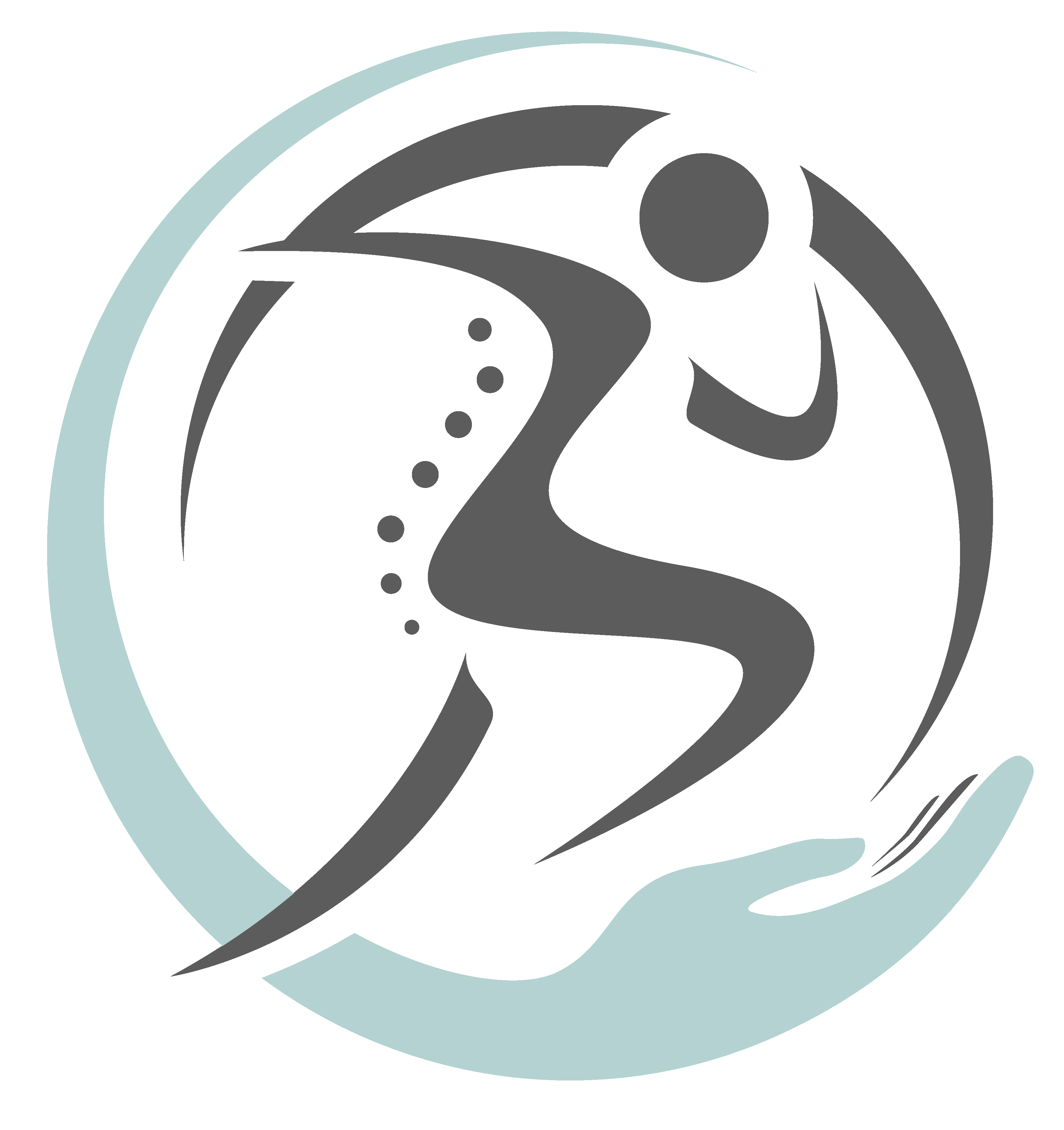
Orthopaedic Physiotherapy
- Upper, Middle, and Lower Back Pain
- Neck Pain
- Shoulder: Rotator Cuff Tear, Frozen Shoulder, Dislocated Shoulder, etc
- Tennis Elbow
- Carpal-Tunnel Syndrome
- Knee Injuries
- Foot Pain
- Post Surgical/ Fracture Rehabilitation
- Joint Replacement Rehabilitation
- Motor Vehicle Accident Rehabilitation (ICBC)
- WorksafeBC Claims
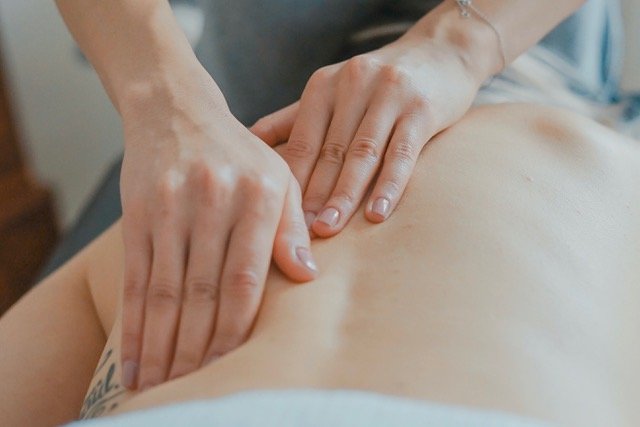
Massage Therapy
Massage therapy is the practice of manipulating the soft tissues of the body: muscle, connective tissue, tendons, ligaments, and skin. A registered massage therapist uses varying degrees of pressure and movement to decrease pain and muscle tension, help reduce stress, and increase relaxation.

Vestibular Therapy & Concussion Management
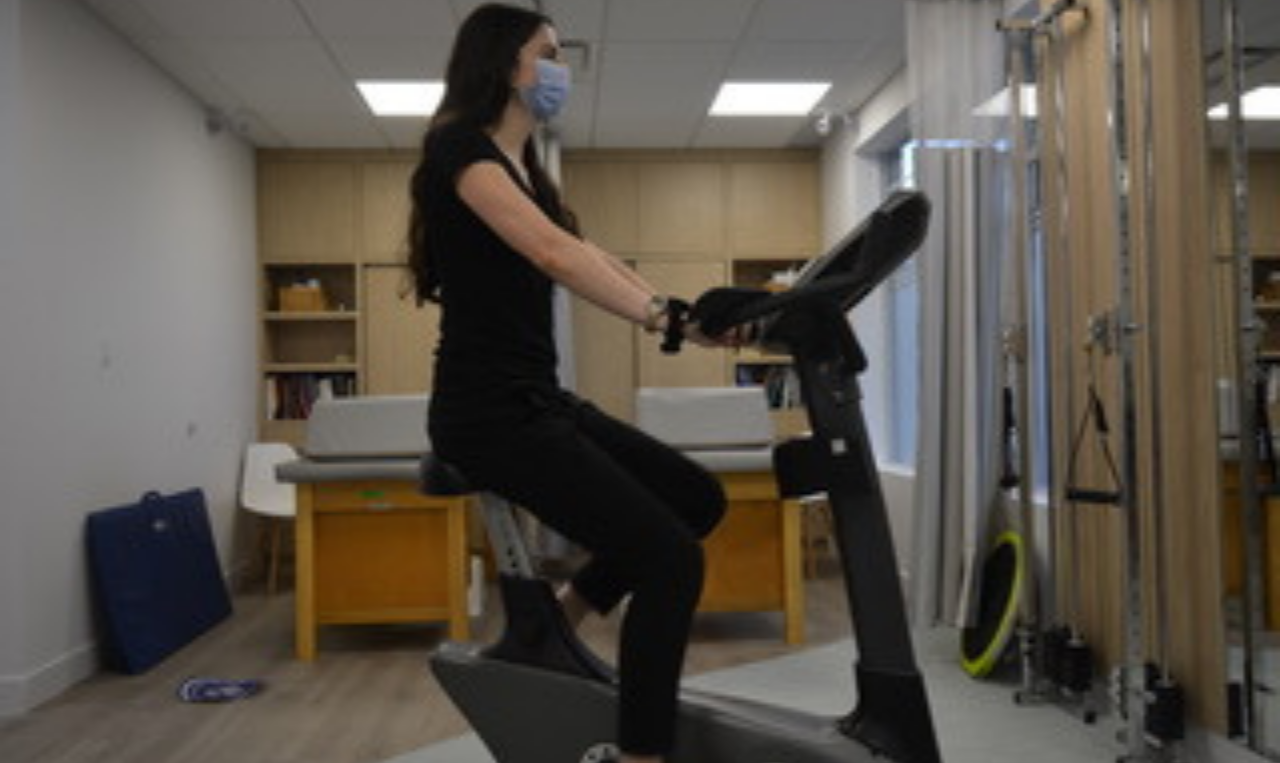
Active Rehabilitation

Visceral Manipulation
Visceral manipulation is a gentle manual treatment that addresses tension in the soft tissue connections within and around our organs. Tissue tension can cause pulls on the musculoskeletal system. The technique has been around since the mid 80s when French osteopath Jean-Pierre Barral invented it. The practitioner uses their hands to assess tense spots and gently compress and move soft tissues around the organs to release adhesions and tight connective tissue. These abnormal points of tension need to be moved around to release their affect on the musculoskeletal system.

Craniosacral Therapy
Craniosacral Therapy gently releases restrictions in movement to restore the normal motion to the bones of the head, spinal column, and sacrum, membrane joints, fascia and soft tissues using light touch. This gentle technique alleviates pain and releases restrictions to normalize central nervous system flow of cerebral spinal fluid. This technique removes blockages in the normal flow and enhances the body’s ability to heal.

Pelvic Health Physiotherapy
Pelvic health physiotherapy is the assessment and treatment of a variety of conditions related to the pelvic floor.
The pelvic floor is comprised of muscles, ligaments, and connective tissue that span the bottom of the pelvis. Like any other area in our body, if these muscles are not performing optimally they can result in a wide variety of dysfunctions. Some common symptoms of pelvic floor dysfunction are: incontinence, urgency, prolapse, pelvic pain, and tailbone pain. Although common, pelvic health concerns do not have to be suffered with silently. Pelvic health physiotherapy is shown in the research to be the gold standard for first line, non -surgical management of a variety of conditions. A physiotherapist with specialized training will carry out an assessment followed by individualized education and treatment.
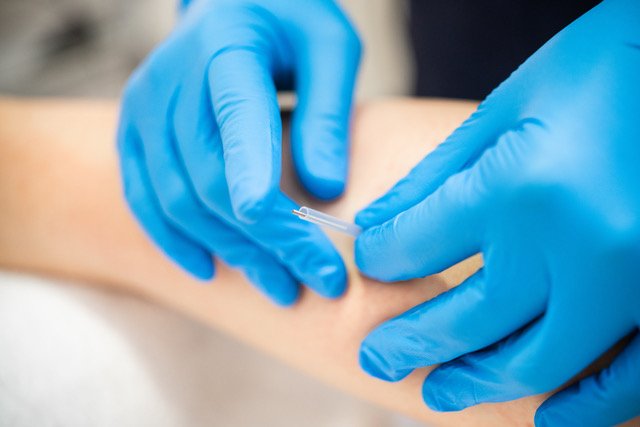
Intramuscular Stimulation
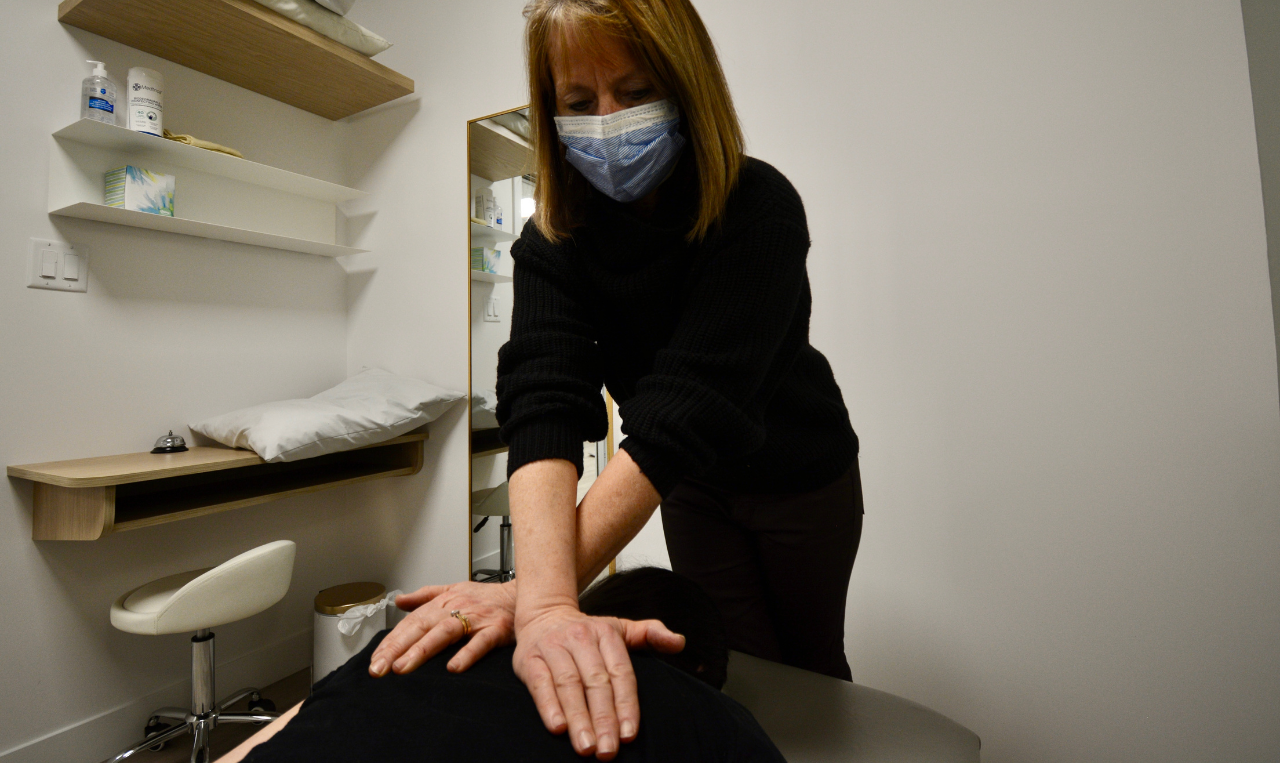
Manual Therapy
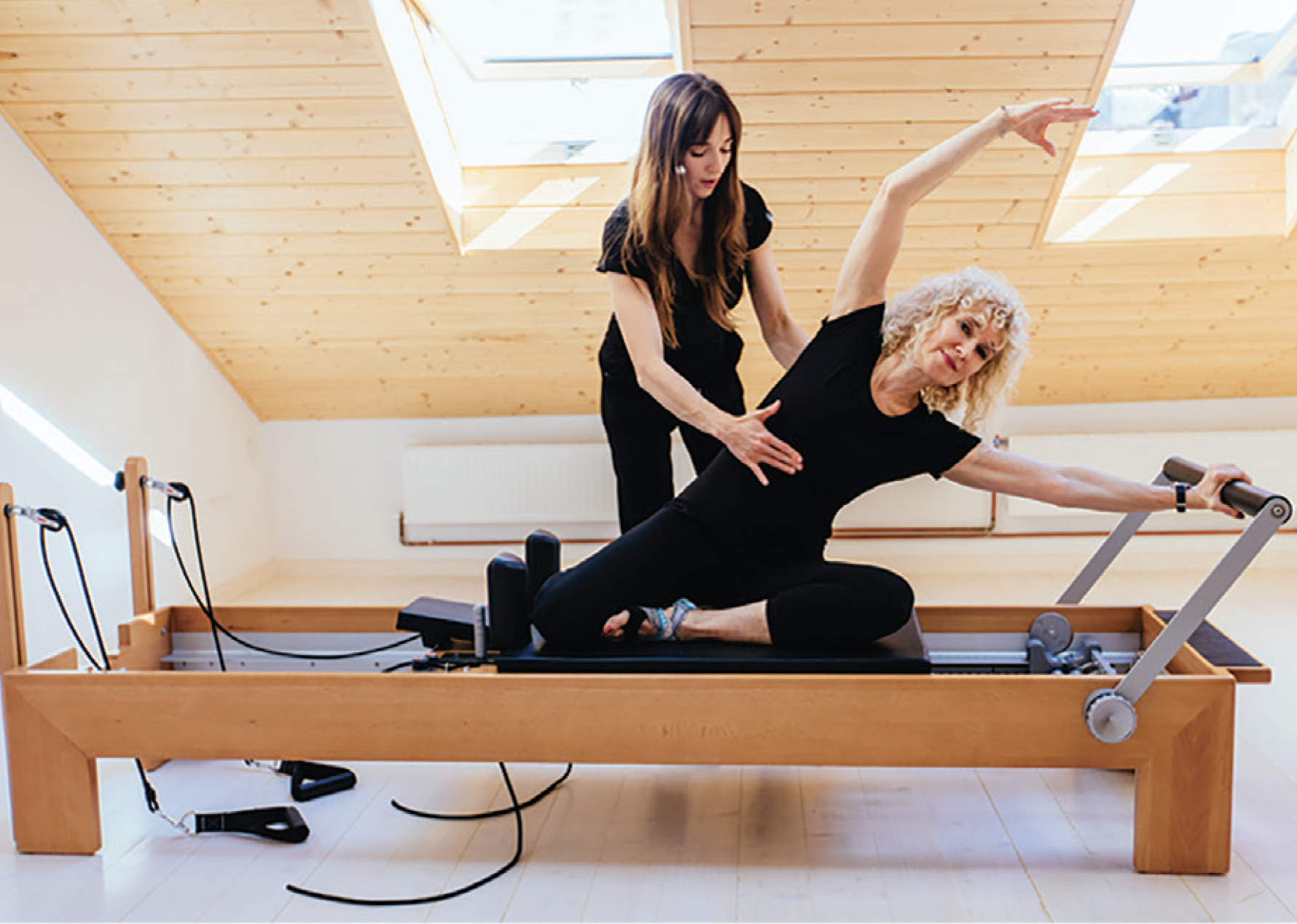
Clinical Pilates
Clinical Pilates is a goal orientated rehabilitation program. It is the adaptation of traditional pilates as developed by Physiotherapists for rehabilitation and injury prevention while still embracing the principles of traditional pilates. Pilates is a series of physical movements developed by Joseph Pilates that emphasize proper postural alignment, control, core strength and muscular balance.
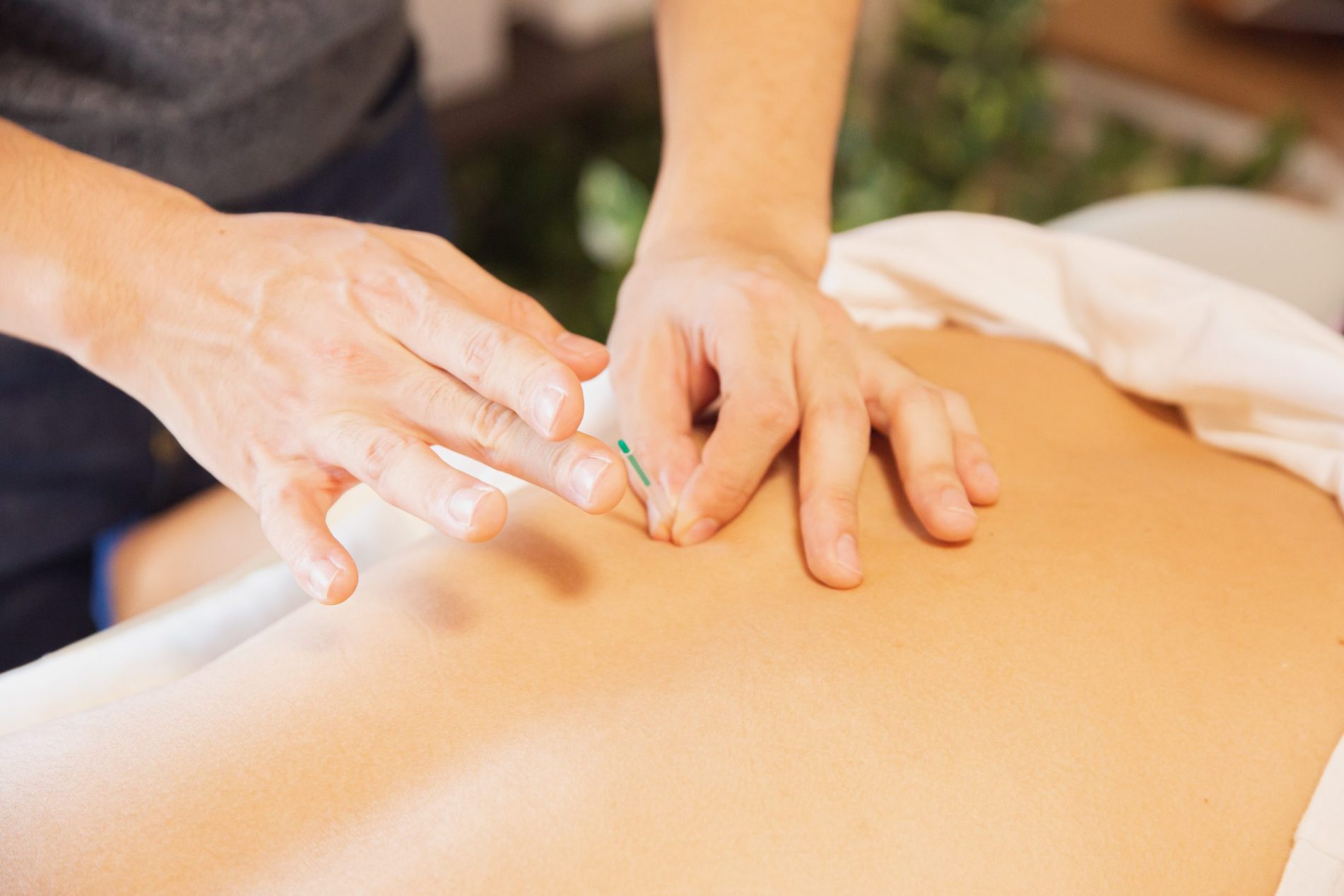
Acupuncture
Traditional Chinese medicine explains acupuncture as a technique for balancing the flow of energy or life force — known as chi or qi (chee) — believed to flow through pathways (meridians) in your body. By inserting needles into specific points along these meridians, acupuncture practitioners believe that your energy flow will re-balance.
In contrast, many Western practitioners view the acupuncture points as places to stimulate nerves, muscles and connective tissue. Some believe that this stimulation boosts your body’s natural painkillers.
Acupressure Massage involves applying pressure to specific points on the body to promote health and well-being. Acupressure aims to alleviate pain, reduce stress, and improve overall health.**
Cupping Therapy involves creating suction on the skin. The suction mobilizes blood flow in order to promote healing.**
**Both of these therapies are covered under acupuncture extended health benefits because they are performed by a registered acupuncturist and are under the scope of acupuncture.
